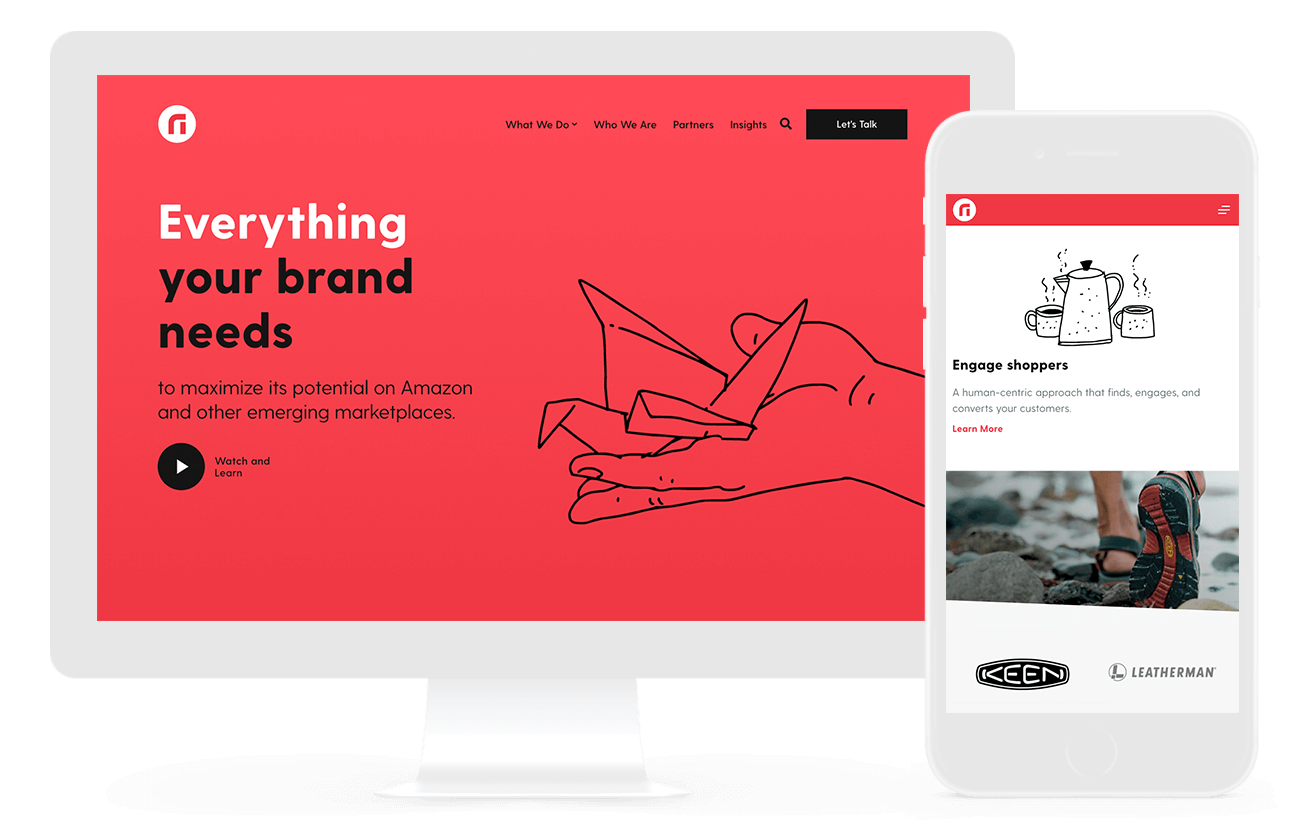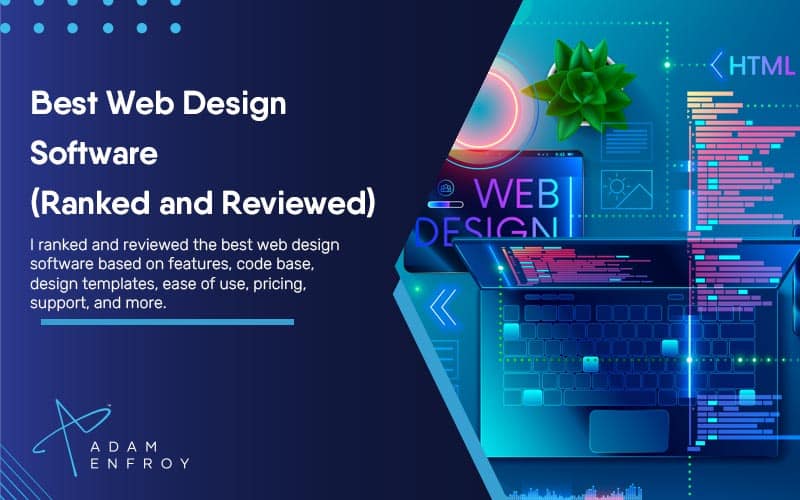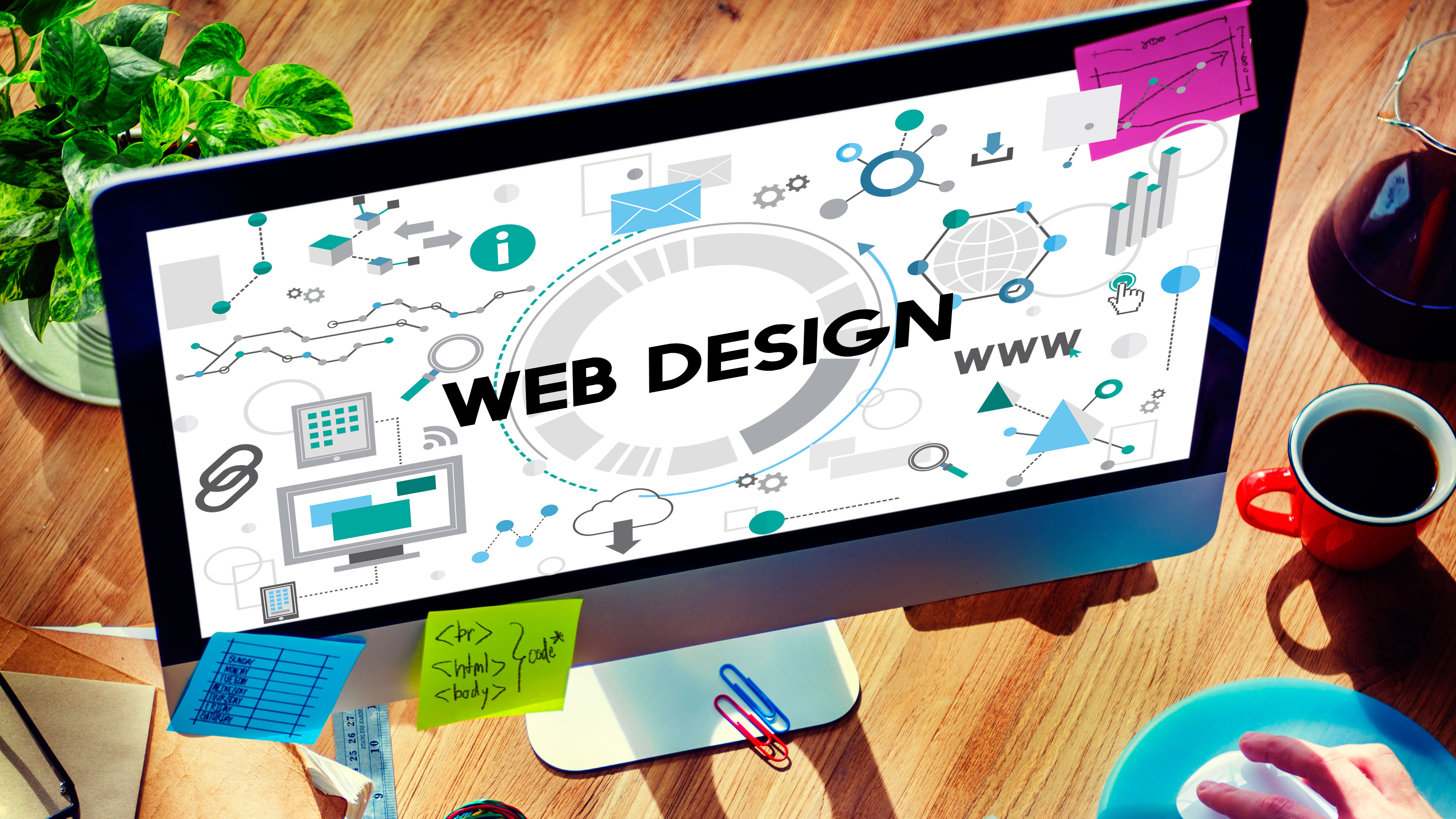All Categories
Featured
Table of Contents
- – Web Design Courses & Tutorials - Codecademy Ti...
- – Web Design And Applications - W3c Tips and Tr...
- – Web Design Services By Freelance Website Desi...
- – Chavez Web Design: Web Design San Diego - Bak...
- – Top Web Design Agencies Ranked - 2022 Reviews...
- – 10 Good Deeds In Web Design - Nielsen Norman ...
- – Arch Web Design: Top-rated Web Design Agency...
- – Sustainable Web Design: Home Tips and Tricks:
- – Web Design And Engineering Major - Santa Cla...
- – Lifted Logic: Web Design In Kansas City - Se...
- – Chavez Web Design: Web Design San Diego - Ba...
Web Design Courses & Tutorials - Codecademy Tips and Tricks:
Quick summary Usability and the utility, not the visual design, determine the success or failure of a site. Given that the visitor of the page is the only person who clicks the mouse and therefore decides whatever, user-centric design has actually developed as a basic method for effective and profit-oriented web design - web design frederick md.
and the energy, not the visual design, figure out the success or failure of a website. Considering that the visitor of the page is the only person who clicks the mouse and therefore decides whatever, user-centric style has become a standard technique for effective and profit-oriented website design. After all, if users can't utilize a feature, it may too not exist.
g. where the search box should be placed) as it has actually currently been performed in a number of short articles; instead we concentrate on the approaches which, used effectively, can result in more advanced style decisions and simplify the procedure of viewing presented details. Please see that you may be thinking about the usability-related articles we've released before: Concepts Of Great Website Style And Efficient Website Design Standards, In order to use the principles correctly we initially require to comprehend how users connect with sites, how they believe and what are the fundamental patterns of users' habits.
Web Design And Applications - W3c Tips and Tricks:
Visitors glimpse at each new page, scan some of the text, and click the first link that catches their interest or slightly looks like the thing they're searching for. There are large parts of the page they don't even look at. A lot of users search for something interesting (or helpful) and clickable; as quickly as some promising candidates are discovered, users click.
If a page supplies users with premium content, they are ready to compromise the material with advertisements and the design of the website. This is the factor why not-that-well-designed sites with top quality content get a lot of traffic over years. Content is more crucial than the design which supports it.

Users don't read, they scan. Notice how "hot" locations abrupt in the middle of sentences. This is typical for the scanning procedure. Really basic concept: If a site isn't able to fulfill users' expectations, then designer stopped working to get his task done appropriately and the company loses money. The higher is the cognitive load and the less intuitive is the navigation, the more ready are users to leave the website and search for alternatives.
Web Design Services By Freelance Website Designers - Fiverr Tips and Tricks:
Neither do they scan web page in a direct style, going sequentially from one site section to another one. Instead users satisfice; they select the first reasonable alternative. As quickly as they find a link that appears like it may lead to the goal, there is an extremely excellent possibility that it will be right away clicked.
It does not matter to us if we understand how things work, as long as we can utilize them. If your audience is going to imitate you're designing billboard, then style fantastic billboards." Users wish to have the ability to control their internet browser and count on the consistent information presentation throughout the site.
If the navigation and site architecture aren't intuitive, the variety of enigma grows and makes it harder for users to understand how the system works and how to receive from point A to point B. A clear structure, moderate visual hints and quickly recognizable links can assist users to discover their course to their aim.
Chavez Web Design: Web Design San Diego - Bakersfield ... Tips and Tricks:

claims to be "beyond channels, beyond products, beyond distribution". What does it suggest? Given that users tend to explore sites according to the "F"-pattern, these 3 declarations would be the first aspects users will see on the page once it is packed. The style itself is basic and instinctive, to comprehend what the page is about the user needs to browse for the answer.
Once you've achieved this, you can interact why the system works and how users can take advantage of it. Individuals will not use your web website if they can't find their method around it. 2. Do Not Squander Users' Persistence, In every project when you are going to offer your visitors some service or tool, attempt to keep your user requirements minimal.
Novice visitors want to, not filling long web kinds for an account they may never ever use in the future. Let users check out the site and discover your services without requiring them into sharing private information. It's not reasonable to force users to enter an e-mail address to test the feature.
Top Web Design Agencies Ranked - 2022 Reviews - Clutch.co Tips and Tricks:
Stikkit is a best example for an easy to use service which requires almost absolutely nothing from the visitor which is unobtrusive and soothing. Which's what you want your users to feel on your website. Apparently, Termite needs more. Nevertheless the registration can be carried out in less than 30 seconds as the type has horizontal orientation, the user doesn't even require to scroll the page.
A user registration alone is adequate of an impediment to user navigation to reduce incoming traffic. 3. Handle To Focus Users' Attention, As sites offer both static and vibrant material, some elements of the user interface bring in attention more than others do. Undoubtedly, images are more distinctive than the text just as the sentences marked as vibrant are more attractive than plain text.
Focusing users' attention to particular locations of the website with a moderate use of visual components can assist your visitors to obtain from point A to point B without thinking about how it actually is expected to be done. The less question marks visitors have, the they have and the more trust they can develop towards the company the site represents.
10 Good Deeds In Web Design - Nielsen Norman Group Tips and Tricks:
4. Pursue Function Exposure, Modern website design are generally slammed due to their method of guiding users with visually appealing 1-2-3-done-steps, big buttons with visual effects etc. From the design perspective these components actually aren't a bad thing. On the contrary, such as they lead the visitors through the site material in an extremely easy and user-friendly way.
The site has 9 main navigation alternatives which are noticeable at the first glance. The choice of colors might be too light, though. is an essential principle of effective user interface design. It does not truly matter how this is attained. What matters is that the content is well-understood and visitors feel comfortable with the way they engage with the system.
com gets straight to the point. No adorable words, no overemphasized statements. Instead a rate: simply what visitors are looking for. An ideal option for reliable writing is touse brief and concise phrases (come to the point as quickly as possible), usage scannable design (categorize the content, utilize several heading levels, utilize visual aspects and bulleted lists which break the flow of consistent text blocks), usage plain and objective language (a promotion doesn't need to seem like advertisement; offer your users some reasonable and unbiased reason they should utilize your service or stay on your website)6.
Arch Web Design: Top-rated Web Design Agency For Saas ... Tips and Tricks:
Users are rarely on a website to enjoy the style; in addition, most of the times they are searching for the information in spite of the style - web design frederick md. Aim for simpleness rather of intricacy. From the visitors' perspective, the very best website style is a pure text, with no ads or further content obstructs matching exactly the inquiry visitors used or the material they've been trying to find.
Finch clearly provides the information about the site and gives visitors an option of alternatives without overcrowding them with unnecessary content. 7. Don't Be Afraid Of The White Area, Really it's truly hard to overestimate the significance of white space. Not just does it assist to for the visitors, however it makes it possible to perceive the details presented on the screen.
Complex structures are more difficult to read, scan, examine and work with. If you have the choice in between separating 2 design sections by a noticeable line or by some whitespace, it's normally better to utilize the whitespace service. (Simon's Law): the better you handle to offer users with a sense of visual hierarchy, the much easier your material will be to view.
Sustainable Web Design: Home Tips and Tricks:
The same conventions and rules must be applied to all elements.: do the most with the least amount of hints and visual aspects. Four major points to be considered: simpleness, clarity, diversity, and focus. Simplicity consists of just the components that are essential for interaction. Clearness: all parts need to be created so their meaning is not ambiguous.
Conventions Are Our Buddies, Standard design of site aspects doesn't result in an uninteresting web site. It would be an usability nightmare if all websites had various visual presentation of RSS-feeds.
understand what they're anticipating from a website navigation, text structure, search positioning etc. A case in point from functionality sessions is to equate the page in Japanese (assuming your web users don't know Japanese, e. g. with Babelfish) and supply your usability testers with a task to find something in the page of various language.
Web Design And Engineering Major - Santa Clara University Tips and Tricks:
Test Early, Test Frequently, This so-called TETO-principle should be used to every web design project as use tests often provide into substantial problems and problems related to a provided layout. Test not too late, not too little and not for the wrong reasons.
Some crucial points to keep in mind: according to Steve Krug, and screening one user early in the job is better than testing 50 near the end. Accoring to Boehm's first law, mistakes are most frequent during requirements and design activities and are the more pricey the later they are eliminated.
That implies that you create something, test it, fix it and after that check it again. There might be issues which haven't been discovered during the very first round as users were practically obstructed by other problems. functionality tests. Either you'll be pointed to the issues you have or you'll be indicated the lack of significant design flaws which remains in both cases a beneficial insight for your project.
Lifted Logic: Web Design In Kansas City - Seo - Website ... Tips and Tricks:

This holds for designers also. After you have actually worked on a site for few weeks, you can't observe it from a fresh point of view anymore. You understand how it is built and for that reason you understand exactly how it works you have the wisdom independent testers and visitors of your site would not have.
It can be linked to other areas such as graphic design, user experience, and multimedia arts, however is more appropriately seen from a technological viewpoint. It has actually become a big part of people's everyday lives. It is tough to picture the Internet without animated graphics, different designs of typography, background, videos and music.
Throughout 1991 to 1993 the World Wide Web was born. Text-only pages might be seen using an easy line-mode web browser. There had actually been no integrated method to graphic style components such as images or sounds.
Chavez Web Design: Web Design San Diego - Bakersfield ... Tips and Tricks:
The W3C was produced in October 1994 to "lead the Internet to its full capacity by establishing typical procedures that promote its advancement and guarantee its interoperability." This prevented any one company from monopolizing a propriety browser and programming language, which could have modified the impact of the World Wide Web as a whole.
As this has actually taken place the innovation of the web has likewise moved on. There have likewise been considerable changes in the way individuals use and access the web, and this has changed how sites are created.
Learn more about Lovell Media Group LLC or TrainACETable of Contents
- – Web Design Courses & Tutorials - Codecademy Ti...
- – Web Design And Applications - W3c Tips and Tr...
- – Web Design Services By Freelance Website Desi...
- – Chavez Web Design: Web Design San Diego - Bak...
- – Top Web Design Agencies Ranked - 2022 Reviews...
- – 10 Good Deeds In Web Design - Nielsen Norman ...
- – Arch Web Design: Top-rated Web Design Agency...
- – Sustainable Web Design: Home Tips and Tricks:
- – Web Design And Engineering Major - Santa Cla...
- – Lifted Logic: Web Design In Kansas City - Se...
- – Chavez Web Design: Web Design San Diego - Ba...
Latest Posts
Web Design Services + Website Development Agency Tips and Tricks:
Web Design Services + Website Development Agency Tips and Tricks:
Responsive Web Design - A List Apart Tips and Tricks:
More
Latest Posts
Web Design Services + Website Development Agency Tips and Tricks:
Web Design Services + Website Development Agency Tips and Tricks:
Responsive Web Design - A List Apart Tips and Tricks: